Master The Customer Life Cycle And Survive
To acquire, manage, and grow their customer base, every successful business must have a clear understanding of the customer life cycle. The customer life cycle is a collection of stages through which a customer “travels” in the life of their relationship with your business.
The four stages of the customer life cycle are:
Reach
Acquisition
Nurturing
Retention/Loss
Let’s take a look at each cycle and how you can master them to grow your business.
Reach
Reach is the first stage of the customer life cycle. A customer is in the “reach” stage when they first hear about your business. Every customer must go through the reach stage before they can do business with you for the first time. This is why promotion of your business is absolutely critical. Your marketing, publicity, and advertising campaigns must reach as many qualified potential customers as possible. If you make enough people aware of your business, you will eventually arrive at a tipping point where some of those people become paying customers. To ensure that you’re effectively leveraging the reach stage of the customer life cycle, you must collect accurate data from your marketing, publicity and advertising campaigns.
How many people did you reach?
How many people clicked on your ad or marketing collateral?
How many people visited your website or social media profile?
How many people reached out to you for more information?
A good system for promoting your business is the foundation of a robust customer life cycle.
Acquisition
Sometimes a business may have a very wide reach but their acquisition numbers are low. This can happen because you targeted the wrong people or provided a muddled message about your brand, service or product. If people can’t understand what you’re offering and how it benefits them they will not become your customer. To strengthen the “acquisition” stage of the customer life cycle you must:
Have strong, clear, and consistent branding message.
State clearly the benefits you will provide customers.
Make a strong offer and call to action.
To ensure that you are properly leveraging the acquisition stage of the customer life cycle, compare the number of the people you reach to your acquisition rate. Is that ratio low/high compared to the average in your industry? Next, calculate the cost of each acquisition. If you’re spending $50 to acquire a customer who will only spend $30 throughout their customer life cycle, it’s not a very good investment. However, if you spend $50 to acquire a customer who will spend $600 over their customer life cycle, that is a much better investment. How much your customer will spend throughout the life of their relationship with our business is often more important than how much they spend on the first purchase. That takes us to the third stage in the customer life cycle.
Nurturing
Once someone because a customer this is where the real work begins. To nurture your business/customer relationship, you should solicit feedback from the customer and constantly make improvements on your service/product.
But to nurture customers effectively, you must have the following:
A system for receiving customer feedback. This can be as simple as a small postcard or as complex as an online database.
A system for implementing the most relevant customer suggestions. No matter what kind of feedback system you use, you must have the means to analyze that data and identify any suggestions that come up often and that are most relevant to your business.
A flexible business culture that is open to change. This is a really big one. If you don’t have a business culture that is willing to respond appropriately to customer feedback you won’t effectively nurture customer relationships and you won’t make essential improvements to your products/services.
It’s important to remember that failure to properly master the third stage of the customer life cycle can prove fatal to any business, even one with a good product/service.
Retention/Loss
Once a customer has purchased what they need from you, they may end the relationship, not because you did something wrong but because they no longer have a use for what you’re offering. This is the point in the customer life cycle where you must have a system in place to retain the customer. What else can you offer to keep customers coming back for more?
Can you upsell them to something luxurious?
Are there are other needs/wants that you can address?
Do you offer a subscription or loyalty rewards program?
The more customers you can keep long-term, the healthier your profit margins will stay. It may sound like a cliché but it really is cheaper to keep an existing customer than to acquire a new one. If you can master this fourth and final stage of the customer life cycle, you will set your business up for long-term profitability.
Seattle Bankruptcy and Business Law Attorneys
Do you have questions about and bankruptcy and business law? Contact the experienced Seattle bankruptcy and business law attorneys at Wenokur Riordan PLLC today at (206) 724-0846 to discuss your situation.


